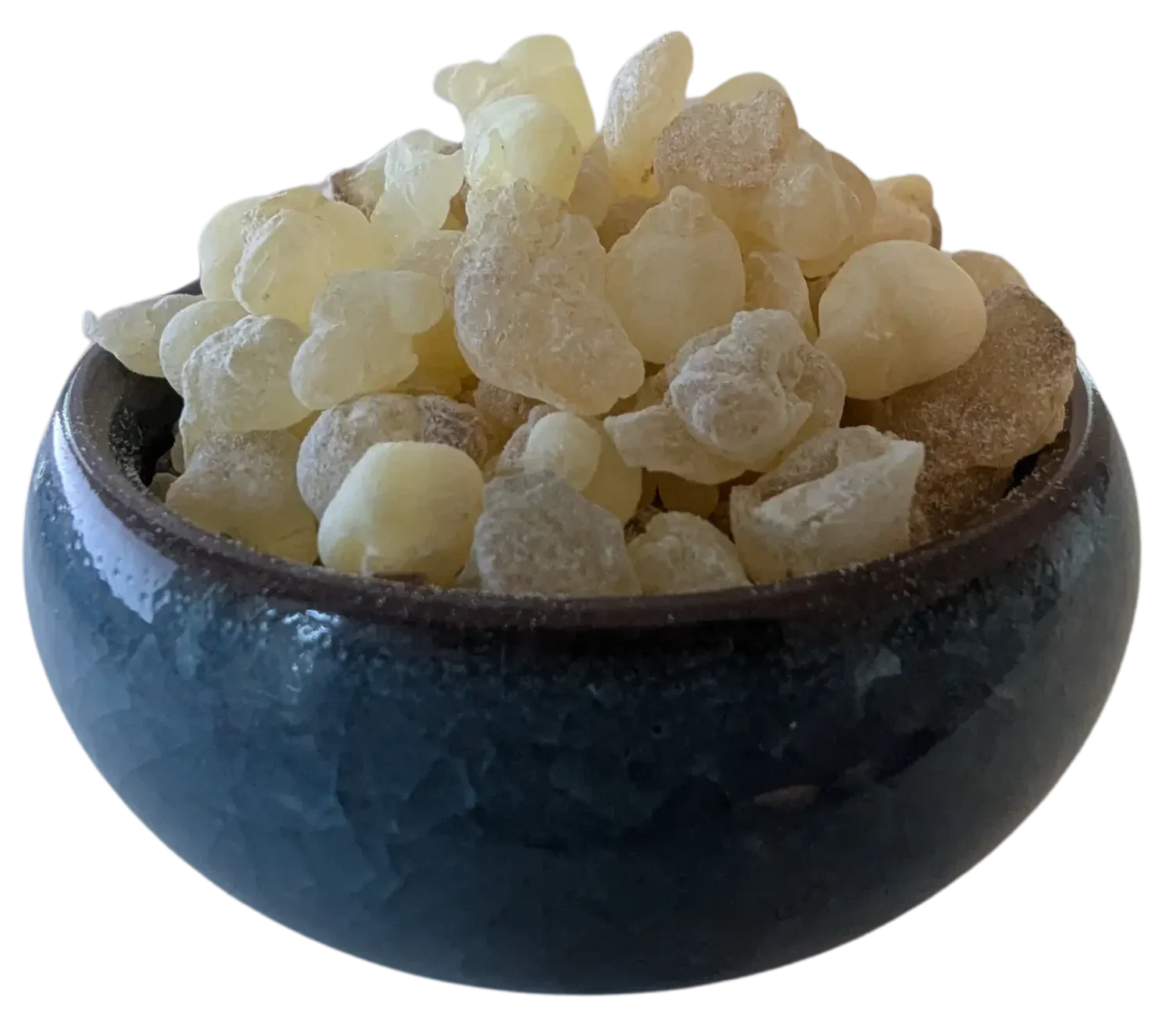What is the Vagus Nerve?
For starters it would be helpful to understand what the vagus nerve is, also known as the “pneumogastric nerve”, it is responsible for functions in the body, including:
- digesting
- changing heart rate
- breathing
- reflexes, like sneezing, swallowing, and vomiting
It plays a role in the autonomic nervous system, which controls actions people do unconsciously, such as breathing and digestion.
The gut and the brain are thought to be connected by the vagus nerve, creating the gut-brain axis. Scientists have been exploring the gut-brain axis to determine correlations with anxiety-related health challenges such as obesity and depression.
Check out this short video for a summary:
How Does The Vagus Nerve Affect Anxiety?
As with most health challenges, there are links between the physical and mental and anxiety is no different. “Vagus” means wandering in Latin which related to the fact that the Vagus Nerve is the longest cranial nerve running from the brain stem to the colon. Sensory functions of the Vagus Nerve are split into:
Somatic components: sensations felt on the skin/muscles.
Visceral components: sensations felt in our organs.
So how does this relate to anxiety? The symptoms of anxiety are broad and most of these, you may be interested to learn, are physical. Take a look for yourself at some of them below:
- a churning feeling in your stomach
- headaches, backache or other aches and pains
- faster breathing
- a fast, thumping or irregular heartbeat
- sweating or hot flushes
- sleep problems
- having panic attacks.
Tap Into Your Vagus Nerve
Okay, so now that we know that the Vagus Nerve plays an integral role in our bodies, and that it is connected to sensations felt during anxiety, what can we do to counteract these feelings when they arise?
Box Breathing Exercises
Actually, any kind of breathing exercise will have an effect but Box Breathing in particular is useful because it assists with focusing the mind away from triggering thoughts, grounds you, whilst also hitting the physiological aspects that will calm down your nervous system. What is great is that the positive effects of deep controlled breathing, like Box Breathing, are proven by research.
How To Box Breath?
Very simply!
Visualise a SQUARE in your mind and breath in the following way as you trace every side:
- Breath in through your nose for 5 Seconds – up one side
- Hold your breath whilst counting 5 Seconds – across the top side
- Exhale out of your mouth for 5 Seconds – down the next side
- Repeat Step 2 – across the bottom side
- Continue cycling for as long as you need (~3-5 minutes)
You can experiment with different breathing and pausing lengths, but make sure each side is the same, and as with all mindfulness exercises, do what feels appropriate for you. If for example you are an avid runner, and have a larger lung capacity or higher level of fitness, you may wish the lengthen the duration of each side to 8-10 seconds.

Vagus Nerve, Controlled Breathing and Anxiety Reduction
Through the use of controlled breathing exercises, like Box Breathing, it is possible to mitigate against the physical symptoms of anxiety and calm the mind and body. If you would like to also trial other ways of tapping into the Vagus Nerve, in order to have a similar effect, or to combine with the breathing techniques take a look at this extensive list. Much like any skill, practice makes perfect and to support with improving mental health, wellbeing and physiological symptoms of challenges like anxiety, the more you do it the better the effect will likely be.
Bonus Tips
If you would like to try some other exercises that will reduce anxiety though tapping into the parasympathetic nervous system, check out these basic mindfulness tutorials. As with most things mindfulness related, trials these techniques with a beginners mind, listen to you body and see what works for you best you. If this is your first time trying mindfulness techniques, be kind with yourself and approach the practice with the expectation that it may not work first time. Be consistent, try implementing it a few times per day at set points to assist with habit building.
Happy Breathing 🙂




